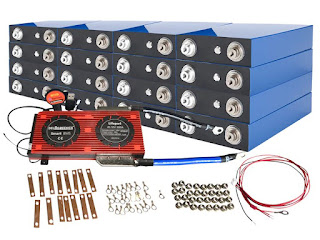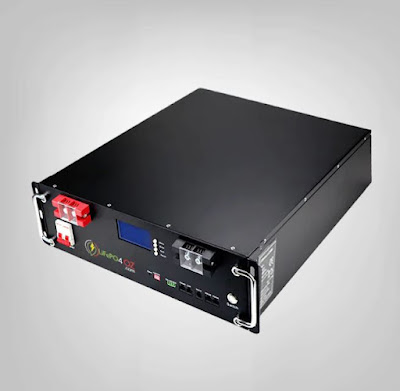Electric Bikes - Choosing the Right Kit

The Electric Bike is finally starting to get forward momentum in the personalities of the Australian purchaser and the Australian commercial center. Like any new innovation or item, there are a plenty of offerings from extremely modest to pricey, from garbage to very much designed and sold by everybody. If you have any desire to exploit this new innovation, how would you choose what to purchase and from whom? Coming up next are a few hints that might be useful to you out. There are many bikes and kits available that publicize power as high as 1000 watts. Be careful! There are two methods for estimating wattage, the underlying surge or "peak wattage" that the motor puts out when it is initially firing up, and the consistent wattage that the engine works under. A lot of extremely high-wattage engines are promoting their pinnacle wattage, not their ceaseless result. As a buyer it is difficult challenging to differentiate, however you can constantly inquire. A hint would be a mod...





